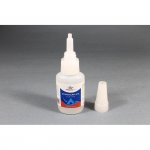Dora Wings 48039 Marcel-Bloch MB.151 Hellenic AF / Luftwaffe 1/48
Plastikowy model samolotu do sklejania. Nie zawiera kleju ani farb.
Bloch MB.152 – francuski samolot myśliwski zaprojektowany i zbudowany w 1938 roku w wytwórni lotniczej Société des Avions Marcel Bloch.Koncepcja budowy samoloty myśliwskiego Bloch MB.152C1 zrodziła się na początku lat trzydziestych XX wieku, gdy francuskie lotnictwo wojskowe zwróciło się do wytwórni lotniczych o zbudowanie samolotu myśliwskiego w układzie dolnopłata.
Taki typ samolotów opracował w wytwórni Société des Avions Marcel Bloch konstruktor M. Roussel – mający stanowić konkurencję dla samolotu myśliwskiego Morane-Saulnier MS.406. Projekt samolotu charakteryzował się nowoczesną konstrukcją półskorupową, całkowicie metalową, znacznie lżejszą i bardziej funkcjonalną od tradycyjnej konstrukcji kratownicowej, posiadał także podwozie chowane w locie. Prototyp samolotu oznaczono jako Bloch MB.150.01, a do jego napędu użyto silnika gwiazdowego tłokowego Gnôme-Rhône GR 14Kfs o mocy 930 KM (684 kW). Pierwszy próbny lot tego samolotu odbył się 17 lipca 1936 roku. Maszyna jednak nie spełniła pokładanych w niej nadziei. W związku z tym prototyp przerobiono, wyposażając go w większe skrzydła oraz nieco mocniejszy silniki Gnôme-Rhône GR 14N01 o mocy 940 KM (691 kW), a oblot samolotu odbył się w październiku 1937 roku. Próby tego prototypu trwały jeszcze rok, w trakcie których okazało się, że konstrukcja samolotu nie spełnia wymagań dla rozpoczęcia produkcji seryjnej. Ostatecznie zbudowano tylko 5 egzemplarzy prototypowych.
Na podstawie doświadczeń z samolotem Bloch MB.150 zbudowano nowy prototyp o zmienionej konstrukcji, który oznaczono jako Bloch MB.151.01. Pierwszy lot odbył się 18 sierpnia 1938 roku. Samolot ten po próbach w locie i po dokonaniu w nim drobnych poprawek skierowano do produkcji seryjnej, oznaczonych jako Bloch MB.151C1. Do jego napędu użyto silnika gwiazdowego Gnôme-Rhône GR N11 o mocy 920 KM (676 kW), a jego uzbrojenie składało się z 4 karabinów maszynowych kal. 7,5 mm MAC wz. 1934, umieszczonych po dwa w skrzydłach. Łącznie do 1939 roku wyprodukowano 75 samolotów Bloch MB.151C1, a ich produkcję zakończono w związku wprowadzeniem nowego samolotu Bloch MB.152.
Po rozpoczęciu produkcji seryjnej samolotu Bloch MB.151C1 w wytwórni trwały dalsze prace konstrukcyjne, które doprowadziły do budowy następnego prototypu oznaczonego jako Bloch MB.152. Różnił się od swojego poprzednika głównie mocniejszym silnikiem Gnôme-Rhône GR N21 o mocy 1030 KM (757 kW) i znacznie silniejszym uzbrojeniem. Prototyp ten został oblatany w grudniu 1938 roku, zaś testy w CEMA zakończył w marcu 1939 i skierowany do produkcji seryjnej w miejsce samolotu Bloch MB.151 oznaczonych jako Bloch MB.152C1. Jednak z powodu opóźnień w produkcji pierwszą jednostkę GC I/1 zaczęto przezbrajać w lipcu 1939. Łącznie do końca wojny wyprodukowano 525 samolotów tego typu.
Wyprodukowano jeszcze jeden prototyp oznaczony jako Bloch MB.153, który różnił się od swojego poprzednika jedynie zastosowaniem amerykańskiego silnika Pratt & Whitney R-1830-SC3-G Twin Wasp o mocy 1065 KM (783 kW). Wyprodukowano jedynie egzemplarz prototypowy.
Bloch MB.152 - French fighter aircraft designed and built in 1938 by the Société des Avions Marcel Bloch aviation manufacturer. building a fighter plane in the low wing configuration.
This type of aircraft was developed at the Société des Avions factory by Marcel Bloch by the designer M. Roussel - intended to compete with the Morane-Saulnier MS.406 fighter aircraft. The design of the aircraft was characterized by a modern, all-metal semi-shell structure, much lighter and more functional than the traditional truss structure, and it also had a retractable landing gear. The prototype of the aircraft was designated as Bloch MB.150.01, and it was powered by a Gnôme-Rhône GR 14Kfs radial piston engine with a power of 930 HP (684 kW). The first test flight of this aircraft took place on July 17, 1936. The machine, however, did not live up to the hopes placed on it. Therefore, the prototype was reworked, with larger wings and slightly more powerful Gnôme-Rhône GR 14N01 engines with a power of 940 hp (691 kW), and the plane's flight took place in October 1937. Trials of this prototype lasted another year, during which it turned out that the structure of the aircraft did not meet the requirements for the start of serial production. In the end, only 5 prototypes were built.
Based on the experience with the Bloch MB.150 aircraft, a new prototype with a modified design was built, designated as Bloch MB.151.01. The first flight took place on August 18, 1938. This aircraft, after flight tests and minor corrections, was sent to mass production, designated as Bloch MB.151C1. It was powered by a 920 hp (676 kW) Gnôme-Rhône GR N11 radial engine, and its armament consisted of four 7.5 mm MAC wz. 1934, placed two in each of the wings. A total of 75 Bloch MB.151C1 aircraft were produced by 1939, and their production was terminated in connection with the introduction of the new Bloch MB.152 aircraft.
After the start of serial production of the Bloch MB.151C1 aircraft, further construction works were carried out at the plant, which led to the construction of another prototype, designated as the Bloch MB.152. It differed from its predecessor mainly in the more powerful Gnôme-Rhône GR N21 engine with 1030 hp (757 kW) and much stronger weapons. This prototype flew in December 1938, and tests at CEMA were completed in March 1939 and put into mass production to replace the Bloch MB.151 aircraft designated as Bloch MB.152C1. However, due to production delays, the first GC I / 1 unit was rearmed in July 1939. In total, 525 aircraft of this type were produced by the end of the war.
Another prototype was produced, designated as the Bloch MB.153, which differed from its predecessor only by the use of the American Pratt & Whitney R-1830-SC3-G Twin Wasp engine with a power of 1065 hp (783 kW). Only a prototype was produced.
















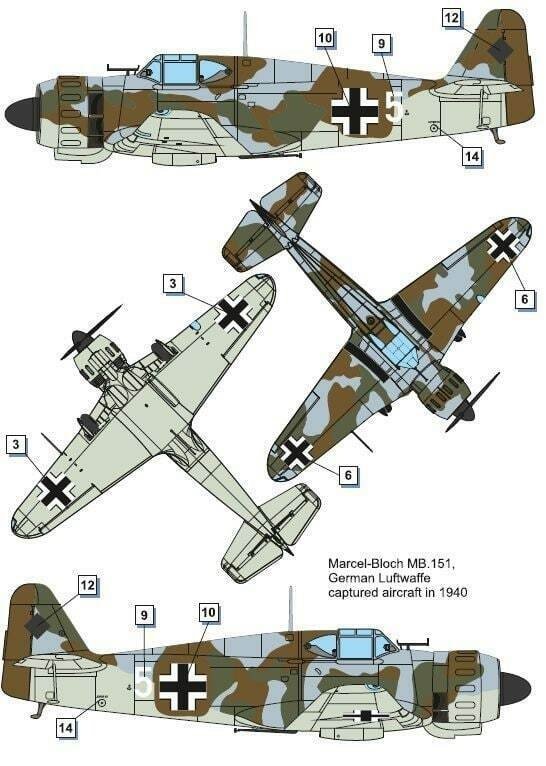


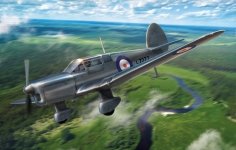
 1 szt.
1 szt.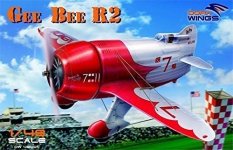
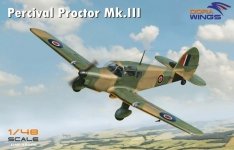
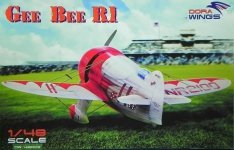
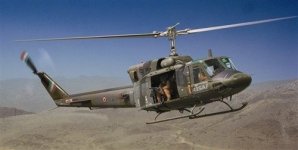
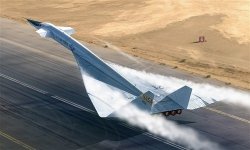

 63 szt.
63 szt.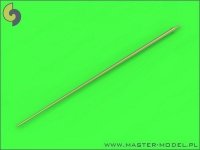
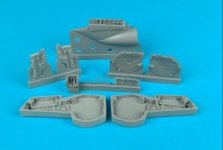

 2 szt.
2 szt.
